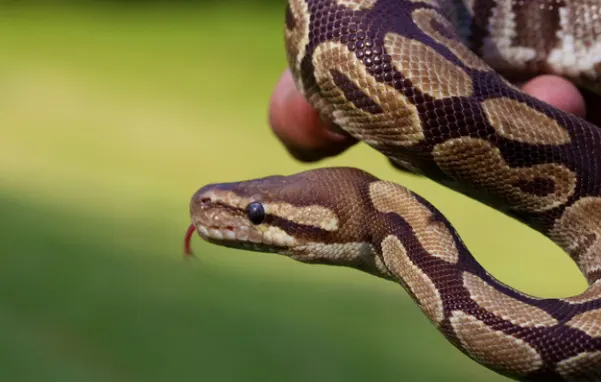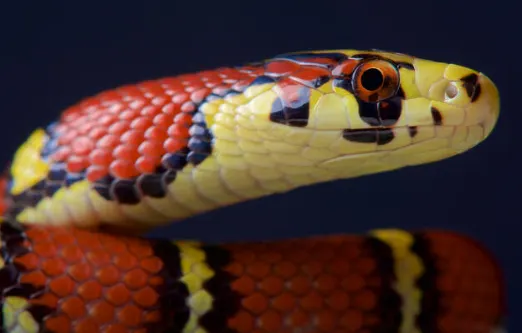Table of Contents
Exploring the Truth Behind Snake Myths: Separating Fact from Fiction
Snakes, with their slithering grace and enigmatic presence, have fascinated and often intimidated humans for centuries. As creatures of mystery and myth, snakes have garnered their fair share of misconceptions, leading to fear and misunderstanding. Let’s delve into some of the most common myths about snakes and unveil the truth behind them:

1. Myth: A Bowl of Milk Will Attract Snakes
Fact: While the image of a snake lapping up milk may seem plausible, it’s far from reality. Reptiles, including snakes, lack the enzymes to digest dairy products. Even if they could, the idea of snakes stealthily milking cows is more fiction than fact.
2. Myth: Blue-Tongue Lizards Deter Snakes in Your Garden
Fact: While it’s true that snakes prey on lizards, including blue-tongues, the dynamic shifts as snakes grow. Larger snakes often become predators themselves, preying on smaller reptiles, including lizards.
3. Myth: A Decapitated Snake Can Survive Until Sundown
Fact: Despite the unsettling sight of a decapitated snake’s body writhing, it’s merely a reflex action. Once severed from the brain, the body soon succumbs to the loss of vital functions.
4. Myth: Mother Snakes Ingest Their Young When Threatened
Fact: Unlike certain amphibians and fish, snakes do not engage in maternal cannibalism. Any snake consumed by another would perish due to digestive processes.
5. Myth: Snakes Always Travel in Pairs
Fact: Contrary to popular belief, snakes are solitary creatures for the most part. Mating is typically the only time they come together, while larger snakes may prey on smaller ones.
6. Myth: Killing a Snake Provokes Its Partner’s Retaliation
Fact: Snakes lack the social bonds and cognitive capacity to recognize and retaliate against perceived threats. Such beliefs are more the stuff of folklore than biological reality.
7. Myth: The Hoop Snake Rolls Down Hills Biting Its Tail
Fact: The tale of the hoop snake, rolling downhill while biting its tail, is purely mythical. Rooted in ancient symbolism, it reflects humanity’s fascination with serpentine imagery.
8. Myth: Snakes Are Deaf
Fact: While snakes lack external ears, they possess inner ear structures capable of detecting vibrations and low-frequency sounds. They may not hear in the same way we do, but they perceive their environment acutely.

Common Misconceptions:
- Snakes Are Cold and Slimy: In truth, snake skin is dry and can be surprisingly warm and soft to the touch.
- Snakes Are Poisonous: Snakes are venomous, not poisonous. While some species possess venom, many do not, and only a fraction of those are dangerous to humans.
- Snakes Are Aggressive: Snakes typically avoid confrontation and will only bite if threatened or startled.
- Snakes Dislocate Their Jaws While Feeding: Rather than dislocating their jaws, snakes possess highly flexible ligaments that allow their mouths to stretch open wide enough to consume large prey.
- Pythons Asphyxiate Their Prey: While pythons do wrap around their prey to subdue them, recent research suggests that they primarily kill by cutting off blood circulation, not by suffocation.
Understanding the intricacies of snake behavior and debunking the myths surrounding these fascinating creatures is essential for fostering coexistence. By dispelling fear and misinformation, we can appreciate snakes’ vital role in ecosystems and learn to peacefully share our environments with them. So, let’s embrace curiosity, dispel myths, and embark on a journey of understanding and respect for the mesmerizing world of snakes.
- Enchi Ball Python: A Unique and Stunning Morph of Python regius - March 27, 2025
- Emerald Tree Monitor: The Enigmatic Green Guardian of the Rainforest - March 26, 2025
- The Egyptian Cobra (Naja haje): A Fascinating Serpent - March 25, 2025
